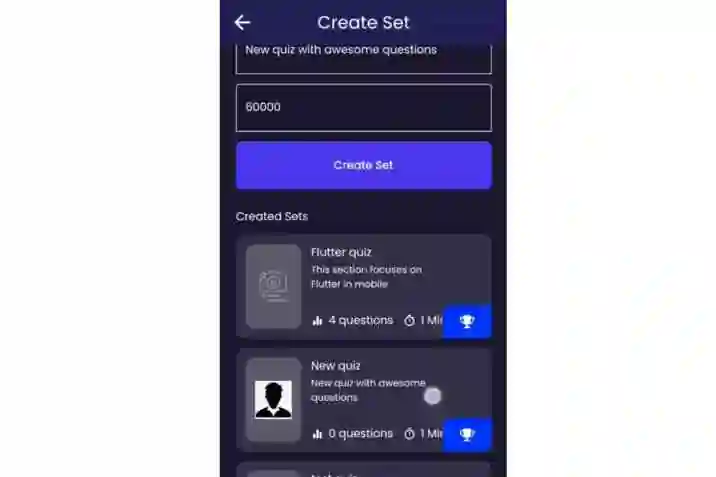
BLCharger
BLCharger is a cross-platform application developed for iOS and Android devices using the Flutter framework. This project is being developed by Eduardo Ferreira Valim and Luiz Eduardo Batista Garcia at the UFMS Batlab Laboratory under the coordination of Professor Ruben Godoy.
The application aims to provide an easy-to-use interface for users of electric vehicle charging stations. Through the BLCharger app, users can find available charging stations, unlock them, and pay for their use conveniently.
Features
- Find available charging stations: The app uses location-based services to help users find the nearest available charging station.
- Unlock charging stations: Users can use the app to unlock a charging station.
- Notifications: The app dispatches notifications upon the completion of a charge.
- Payment: The app offers an integrated payment system, allowing users to pay for the charging service seamlessly.
- History: Users have the ability to review their past charging sessions.
How to Use
Step 1: Install the BLCharger app from the App Store or Google Play Store. Step 2: Open the app and register or sign in to your account. Step 3: Use the ‘Find Charger’ feature to locate the nearest available charging station. Step 4: Unlock the charging station using the ‘Unlock Charger’ function. Step 5: Once your vehicle is connected and charging, use the ‘Payment’ feature to pay for the service.
Contributing
Contributions to this project are welcome. To contribute, please follow these steps:
- Fork the project.
- Create a new branch (
git checkout -b feature_x). - Commit your changes (
git commit -m 'Add some feature'). - Push to the branch (
git push origin feature_x). - Open a pull request.
License
This project is licensed under the MIT License. See LICENSE for more information.
Contact
For any queries or further information, feel free to contact us.
- Eduardo Ferreira Valim: edvalim@icloud.com
- Luiz Eduardo Batista Garcia: luizeduardobgarcia@gmail.com
- Ruben Godoy: ruben@batlab.ufms.br
Acknowledgements
We would like to express our deep gratitude to the Batlab Laboratory and the UFMS for their support in this project.









